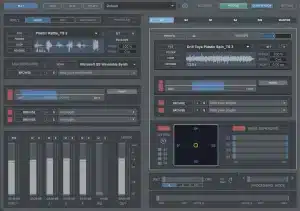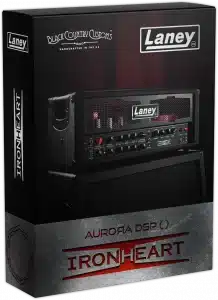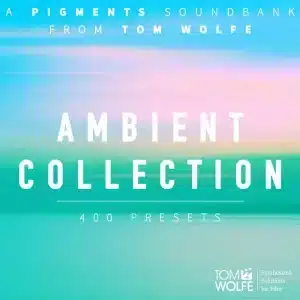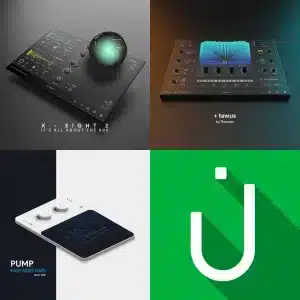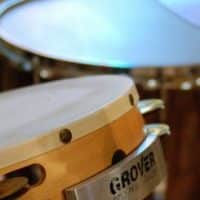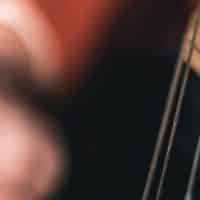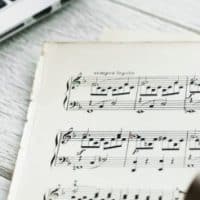Enhancing Realism In Orchestral Samples Part 3 – Percussion Part 1 and part 2 of this three part series dealt with the melodic instruments of the orchestra of strings, winds and brass and here we are in the final part of the series talking about percussion. Percussion instruments are all…

Enhancing Realism In Orchestral Samples Part 2 – Brass
In part 1 we talked about the string section and how to set them up in a template, and how to manipulate their midi data in order to create more realism. In this part 2 we will do the same thing, only this time for the woodwinds and the brass sections.
The brass give the orchestra that sense of epicness. You can all remember the big epic and heroic melodies played by horns and trumpets, or the big massive BRAAAAAM sounds provided by the low brass section like cimbassi, tubas and trombones.
Woodwinds are there to help the strings sound a bit fuller and the brass to sound a little less sharp. They generally warm up the sound of the orchestra and are quite underestimated. Most trailer composers simply don’t use the winds because they want their orchestra to blend with aggressive hybrid sounds.
The approach here is basically similar to the strings, but there are slight variations. First thing, learn your winds and brass libraries from inside out. Know what they are capable of and of course learn which instrument in which section is used for what purpose. Some are more dexterous than others. Flute and trumpet are more manoeuvrable than bassoons or trombones. Generally speaking, most of the winds are highly manouverable, except bassoons and low frequency clarinets.
THE RANGE:
The winds are divided into piccolo, flutes, oboes, English horns, clarinet and bassoons. There are variations in woodwind sections where you have only one oboe, one English horn and clarinet, but they are usually in a pair. There are also bass clarinets and contrabassoons for example.
The brass section is divided into trumpets, horns, trombones (or bones), and tuba. That is the most common setup. But there are also piccolo trumpets, bugles, bass trombones (the regular trombones are usually called tenor trombones), and cimbasso.
Each one of these has its own tonal range and purpose and their blend with one another gives different tonal characteristics.
These instruments are not well tempered, so their tonal reproduction in live situations will vary a lot based on what’s written on paper and each instrument has its own tuning, so I would advise you to check resources at Vienna Symphonic library or Orchestral Library.com.
THE SEATING:
When it comes to seating positions in the orchestra, the winds are seated behind the strings, whilst the brass instruments are seated behind the strings and woodwinds. There are variations in the seating positions of the sections internally, but it usually comes down to high pitched instruments to the left and low pitched to the right. Although, sometimes the winds are surrounded by the strings, so they are seated in the middle.
Piccolo and flutes are to the left, with oboes and English horn to the right. Behind flutes are the clarinets, and to the right of the clarinets, behind the oboes are the bassoons.
When it comes to brass, the horns sit to the far left, the trumpets next to them, then the trombones and tuba to the far right. Even though horns can play both low and high. Some people like to position the horns to the far left and then everything else to the right, but trumpets are seated behind tuba and trombones.

WINDS AND BRASS SETUP IN A TEMPLATE:
As with strings, there is no right or wrong way. My winds folder comes first and I have my brass folder between the woodwinds and strings in my template, to simulate the score sheet placement. Every instrument group has its own folder, and they are also positioned as such on the score sheet.

For winds I have flutes, piccolo oboes, English horns, clarinets, and bassoons. For brass it goes horns first, trumpets, trombones, bass trombones, tuba. Although my previous templates had piccolo in the winds and trumpets and trumpets in the brass first, because I usually place my instrument folder from highest pitched to the lowest.

I also have each articulation on a different midi channel to help my orchestrator find which articulation is played where. Although I am not stating that key-switching is wrong, I just feel it is not as clean looking as having dedicated midi channels for each articulation separately.
As with strings, while blending different libraries I used Parallax Audio VSS2 to help me in panning the instruments seating positions, sound reproduction positioning and convolution tweaks to make everything sound like they are in the same room as the strings are.
The good thing about VSS2 is that as soon as you load one instance of it on an instrument channel, the setups for room and microphone position stay the same for every next instance loaded and you are just changing the positions and directions of each additional instrument.
When blending multiple libraries of woodwinds and brass pay close attention to which ones are more versatile and use them as your main library with close mics and the other one less versatile, you can use as a layer if it has room mics, so just mute their close mic samples. Now you have a well-built template which will sound full and spacious at the same time.

RECORDING WINDS AND BRASS:
Midi manipulation for winds and brass is crucial here because they have one big difference to the strings. Strings are bowed and they can sustain the note endlessly, whilst the winds and brass use the air that the players blow from their lungs in order to produce a sound. They cannot sustain a sound endlessly so they need to take their breath again and again. This is crucial in adding realism to winds and brass.
When you are recording sustained notes, like chords, or even melodic lines, make sure you create small pauses between your midi notes to simulate the player taking a breath. Also, in legato melodies, the first breath is the strongest and with longer sustain the instrument needs to fade out a bit.
Like this:

Notice the small breaks between the notes to simulate taking breath and the modwheel automation to help with the dynamics of the breath.
As with the strings, shorter note dynamics should be velocity controlled while sustained notes are controlled by modwheel. New wind and brass libraries also feature round robins, but still, when creating fast staccato lines with brass and winds, pay attention to velocity dynamics and don’t make them all the same in order to avoid machine gun effect.
Add some variations to achieve that human feel. Also play with humanization option for MIDI in your DAW, but be subtle.
And that’s it for this post! See you in part 3 as we pound towards the end of this series with the power of percussion!

